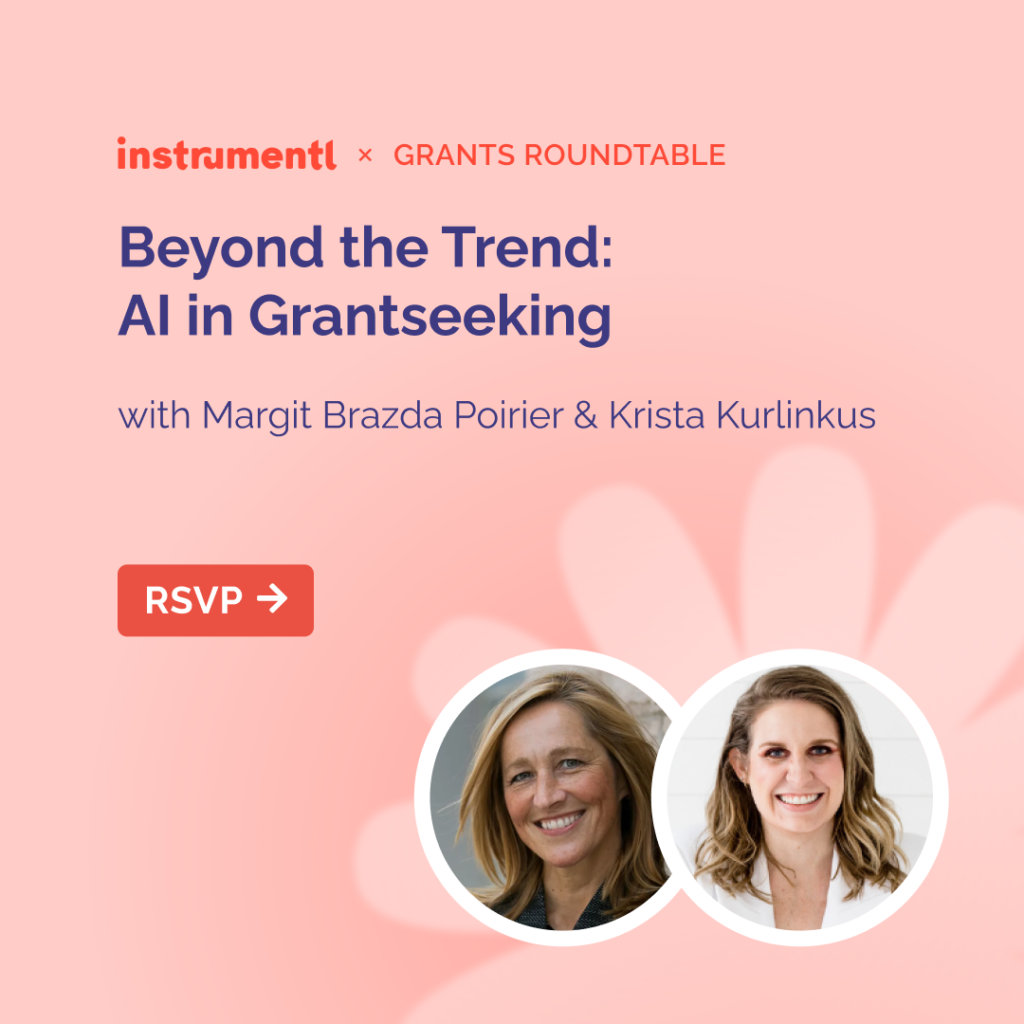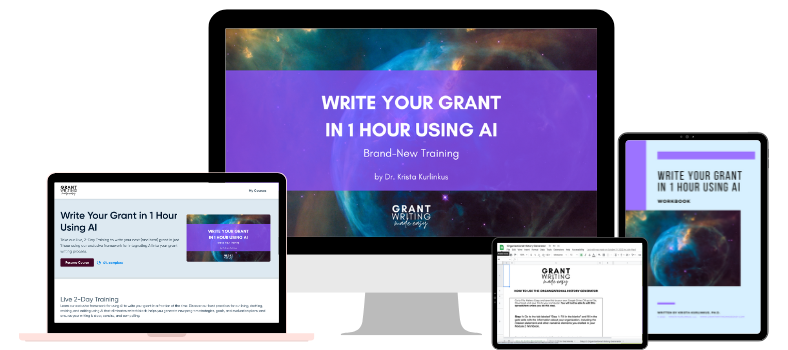This past weekend, while my son and I were deep into our usual ritual of LEGO building with a YouTube tutorial playing in the background, I found myself wandering down memory lane, explaining to him the pre-digital age – a time before smartphones, PCs, tablets, and, yes, YouTube. His baffled reaction, especially about whether ice cream existed in such an archaic era, got me thinking. It’s astounding to see how far technology has advanced in my lifetime, but even more mind-blowing is the pace at which Generative AI has evolved recently. It feels like we’re living in a fast-forward version of technological progress, with each year packing in what used to take a decade.
Last Week’s Leap Forward
Consider this most recent leap Generative AI has made. Just last week, OpenAI’s video generator, Sora, produced something so advanced, it makes the best efforts from just a few months ago look prehistoric. And while many might not see these advancements in their day-to-day, the top performers across various fields, including grant writing, are already harnessing these revolutionary tools. Skeptical? Take a look at what Sora is capable of—it’s not just impressive, it’s transformative.
This rapid evolution in Generative AI isn’t merely a curiosity for tech enthusiasts; it’s a signpost for the monumental shifts we’re about to witness in how we work. Every so often, I encounter a bit of skepticism about AI—fears of human obsolescence, questions about the point of it all if AI is on the brink of taking over.
But here’s why I’m not panicking: despite its breathtaking capabilities, Generative AI isn’t yet a financial slam dunk. Running these systems costs a fortune—OpenAI’s daily expenses for ChatGPT are astronomical ($700k per day), and their net loss in their last reported fiscal year speaks volumes ($540M). We’re still in an era where human creativity, insight, and expertise cannot be undervalued, especially when the costs of AI are considered.
So, for those of you ready to dive in and not just keep pace but stay ahead, let’s explore how leveraging the latest in Generative AI, like ChatGPT and Gemini, can revolutionize your grant writing. Whether it’s the unparalleled efficiency of Gemini’s research capabilities or the creative prowess of ChatGPT’s narrative generation, these tools are not just about keeping up with the times—they’re about setting the pace. Here’s your updated guide to making the most of these technologies in your grant writing journey.
ChatGPT: Customizing Assistants for Specific Tasks
Back in December, I introduced my Write Your Grant in 1 Hour Using AI students to CustomGPTs, OpenAI’s cutting-edge GPT Builder, a game-changer in the realm of AI-powered assistance. This innovative tool beckons with the promise of custom-tailored AI interactions, offering grant writers and professionals alike the ability to craft their own versions of ChatGPT. Imagine an AI that speaks directly to your client’s/project’s needs, nuanced by the specifics of each grant application’s requirements. That’s the promise of CustomGPT.
The Essence of Customization
CustomGPT stands out by providing a bespoke experience. You articulate what you need in straightforward language, and like a maestro conducting an orchestra, the GPT Builder brings your vision to life. This isn’t just about tweaking settings; it’s about creating a version of ChatGPT that thinks and responds in ways uniquely beneficial to your work. Whether it’s navigating the web for the latest studies, generating compelling images, or executing code, CustomGPT brings a tailored precision to your digital assistant.
Elevating the Experience
For those already familiar with tailoring ChatGPT through Plus or Enterprise subscriptions, the GPT Builder extends your capabilities significantly. It’s not just about refining responses anymore; it’s about owning multiple, distinct AI entities, each designed for different aspects of your work. The ability to directly upload and integrate external knowledge sources further enhances this, ensuring that your CustomGPT operates with the most relevant and up-to-date information at its disposal. In fact, beyond creating or using a grant writing GPT, let’s say you’re a grant writing consultant: you can quickly and easily create a grant writing GPT specific to each client, uploading their documents as reference files.
How CustomGPT Transforms Your Grant Writing Workflow:
- Less Context, More Precision: With CustomGPT, gone are the days of repeatedly providing context. Your AI understands your project’s specifics from the get-go.
- Tailored to Your Needs: Each CustomGPT is an echo of your requirements, built to serve your grant writing process seamlessly.
- Simplicity in Creation: The user-friendly interface of the GPT Builder means you’re only ever a few clicks away from your personalized AI.
- Enhanced Capabilities: With features like web browsing, DALL·E 3 for image creation, and code execution, CustomGPT is a powerhouse.
- Multiplicity in Utility: Break free from the constraints of a single instruction set (or writing out your guidelines in each and every chat) and embrace the diversity of having multiple custom GPTs.
- Direct Knowledge Integration: Upload your data directly, ensuring your AI is as informed as you are.
CustomGPT represents more than just a technological advancement; it’s a paradigm shift in how we interact with AI, especially in fields that demand a high level of specificity and up-to-date information, like grant writing. With CustomGPT, the future of tailored AI assistance is not just on the horizon—it’s here.
If you want to learn how to effectively customize and use CustomGPTs, that’s exactly what I teach (among other things) in my comprehensive course, Write Your Grant in 1 Hour Using AI.
Gemini: Advanced Reasoning and Integration for Grant Writers
Less than a year after Bard made its debut, Google has introduced a significant upgrade, transforming Bard into Gemini. This change is not merely a new name but a leap into what Sundar Pichai, Google’s CEO, calls “the beginning of a new era of AI.” Gemini represents a major upgrade from Bard, bringing to the table Google’s newest and “most capable” large language model (LLM) yet, along with a fresh look and a suite of features designed to enhance productivity and creativity for professionals, including grant writers.
What Gemini Brings to the Table
Advanced Reasoning Capabilities: Gemini’s standout feature is its advanced reasoning capabilities, which allow it to process difficult questions with greater care, reducing the risk of inaccuracies or “hallucinations” that have been a challenge for AI models in the past. This precision is particularly beneficial for grant writers who rely on accurate data and nuanced analysis to support their proposals.
Multimodal Functionality: Unlike its predecessor, Gemini is “multimodal,” meaning it can understand and process not just text but audio, images, video, and computer code. This broadens the scope of how grant writers can interact with the tool, from drafting proposals to creating supporting multimedia materials.
Integration with Google Products: Gemini is seamlessly integrated into Google’s ecosystem, including its search engine, enhancing its ability to pull in real-time data and relevant information. This integration can significantly streamline the research process for grant writers, providing quick access to the latest data and studies that can bolster a grant proposal.
Subscription Model: In the U.S., users can subscribe to Gemini Advanced for $19.99 a month, which includes access to the Ultra 1.0 AI model. This subscription not only offers advanced AI capabilities but also comes with two terabytes of cloud storage, presenting a valuable package for grant writers who manage large volumes of data and documents.
Comparison with Bard: While built on Bard’s foundation, Gemini represents a significant step forward in terms of its architecture and capabilities. Its underlying technology, based on transformers rather than the recurrent neural networks that Bard relied on, allows for a deeper understanding of context and a more nuanced generation of text. This is crucial for grant writers who need their proposals to be both technically accurate and compellingly narrated.
Data and Training: Gemini’s training on a larger and more diverse dataset, including specialized datasets for specific tasks like high-quality image generation, makes it more adept at handling a variety of tasks that are relevant to grant writing, from drafting complex narratives to creating engaging visual content.
Why Gemini Matters for Grant Writers
The transition from Bard to Gemini, with its enhanced reasoning capabilities, multimodal functionality, and deeper integration with Google’s ecosystem, offers grant writers a more powerful and versatile tool. The Ultra 1.0 model, in particular, promises to improve how grant writers perform complex tasks such as coding, logical reasoning, and crafting nuanced narratives. Moreover, the ability to generate and work with multimedia content directly within Gemini can add a new dimension to proposals, making them more engaging and persuasive.
The integration of Gemini into Google apps streamlines many tasks that grant writers face daily, from email drafting to data analysis. This integration means less time spent switching between apps and more time focused on crafting compelling grant proposals.
With Gemini now available in over 230 countries and territories, its global reach ensures that grant writers worldwide have access to these advanced capabilities. However, it’s important to note that while Gemini represents a significant advance over Bard, the transition is part of a continuum of development in AI technologies. Bard laid the foundational work that has allowed Gemini to emerge as a more sophisticated tool, reflecting the iterative nature of technological innovation.
(Also, I’m speaking on a grants roundtable with Instrumentl Friday, February 23!)

Final Thoughts: Embracing Both for Comprehensive Support
Given their complementary strengths, grant writers might benefit from leveraging both Gemini and ChatGPT, choosing the tool that best fits the task at hand. Here are my final thoughts on where both chatbots stand today (I always have to include the caveat!). Let’s say you’re not subscribed to ChatGPT Plus and are using the free version. In that case, I would say use both Gemini and ChatGPT together as I outline below. Personally, I rely mainly on ChatGPT Plus ($20 per month) because it has more advanced reasoning, speed, internet access, and the ability to use and create CustomGPTs.
Fact-Checking Champion: Gemini
Think accuracy and research are king? Then Gemini might be your knight in shining armor. Leveraging Google’s vast data resources, it excels at:
- Fact-checking and data analysis: Doubting grant proposal claims? Gemini verifies them seamlessly, citing sources for credibility. Need complex data synthesized? It delivers clear, concise summaries.
- Multilingual prowess: Working with international projects? Gemini handles various languages, translating key texts smoothly and ensuring consistent messaging across borders.
- Formal tone and structure: Grant proposals typically demand more formality. Gemini’s outputs adhere to academic and professional standards, saving you time on stylistic edits.
Creative Catalyst: ChatGPT
If brainstorming and captivating storytelling are your priorities, ChatGPT might be your muse. Its strengths lie in:
- Conversational fluency: Struggling to spark ideas? ChatGPT can engage in open-ended discussions, helping you brainstorm novel solutions and angles for your grant proposals.
- Creative formats: Need to break the mold? ChatGPT generates poems, scripts, and other unconventional formats, adding a touch of originality to your proposals.
- Adaptable tone: From playful to persuasive, ChatGPT adjusts its tone to your desired style, making your proposals more engaging for diverse audiences.
Combining Forces
The ideal Generative AI depends on your writing style and priorities. Here’s a quick guide:
- For meticulous fact-checking, data analysis, and formal writing: Choose Gemini.
- For brainstorming, creative formats, and adaptable tone: Opt for ChatGPT.
So if you’re going with free versions, leverage Gemini’s accuracy for research and fact-checking, then feed the information to ChatGPT for creative brainstorming and compelling narratives. This hybrid approach offers the best of both worlds.
Don’t want to wade through all of this Generative AI info on your own? I’ll keep you trained on the latest strategies so you can just get down to writing winning grants in Write Your Grant in 1 Hour Using AI.







